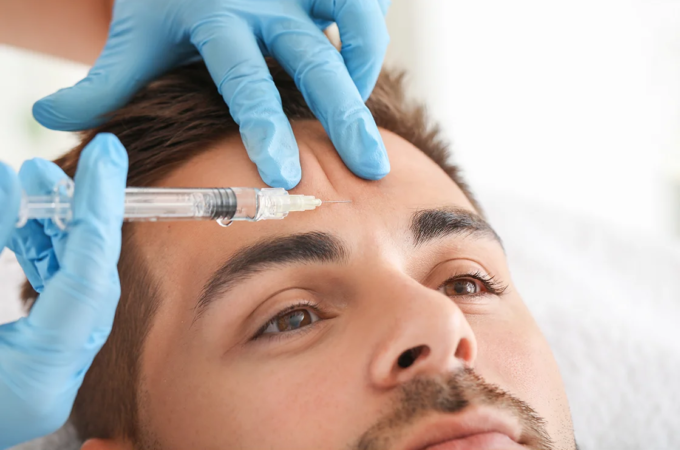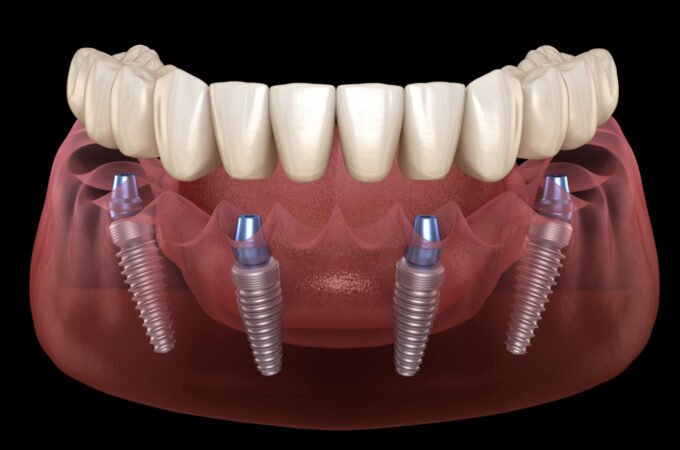
What Are the Common Treatments for Dry Eye?
Dry eye syndrome is a frequent ailment that develops when the eyes do not produce enough tears or the tears evaporate too rapidly. This disorder may have headaches, pain, and irritation as side symptoms. Fortunately, there are several dry eye treatments available that can reduce discomfort and improve general health. Let’s examine some of the most popular methods for treating dry eyes, ranging from easily accessible over-the-counter drugs to state of the art devices.
Over-the-counter eye drops
A simple and efficient way for treating dry eyes is the use of over-the-counter lubricating eye drops. These drops soothe inflammation while hydrating the eyes, offering only transient relief. The frequency of their usage can vary depending on how severe the symptoms are, usually requiring numerous applications per day or as necessary. Over-the-counter eye drops are generally considered the first line of therapy for persons with mild to moderate dry eyes.
Medical devices for dry eye
Over the past few years, cutting-edge medical devices for dry eyes have become available that can treat the condition in a targeted and efficient manner. These gadgets are designed to enhance tear stability, production, and inflammation. For instance, certain devices provide heat to the eyelids using thermal pulsation technology, dissolving obstructions in the meibomian glands. Other dry eyes medical devices encourage the formation of tears by using powerful pulsed light therapy. For some who have not seen relief from conventional therapy, medical devices present hopeful alternatives.
Prescription eye drops
In cases of dry eye that are more severe, prescription eye drops may be advised. The fundamental causes of dry eye syndrome are particularly addressed by the formulation of these therapeutic drops. Prescription eye drops can aid in improving the quantity, quality, and generation of tears. Anti-inflammatory drugs, immunosuppressants, and artificial tears with higher viscosities are a few examples of prescription eye drops.
Punctal plugs
The use of punctal plugs is another dry eye therapy option. To prevent tears from draining, these tiny, biocompatible devices are put into the tear ducts. Punctal plugs can aid in reducing dryness and maintaining appropriate lubrication by keeping more tears on the eye’s surface. Depending on the demands of the individual, punctal plugs can be either temporary or permanent.
Meibomian gland expression
The oily layer of tears that slows evaporation is produced by meibomian glands, which are found along the edges of the eyelids. A common cause of dry eyes is the dysfunction of these glands. Gentle pressure is applied to the eyelids during meibomian gland expression, also known as meibomian gland massage or eyelid hygiene, in order to release the congested or stagnant oils. This technique can enhance oil flow and lessen the symptoms of dry eyes.
Conclusion
Dry eye treatments vary by patient and severity. Prescription eye drops address underlying disorders, while over-the-counter drops give temporary relief. Punctal plugs and meibomian gland expression preserve tear equilibrium. Medical devices have expanded dry eye therapies. Finding the greatest dry eye treatment, whether through conventional therapies or cutting-edge technologies, may improve one’s quality of life.




